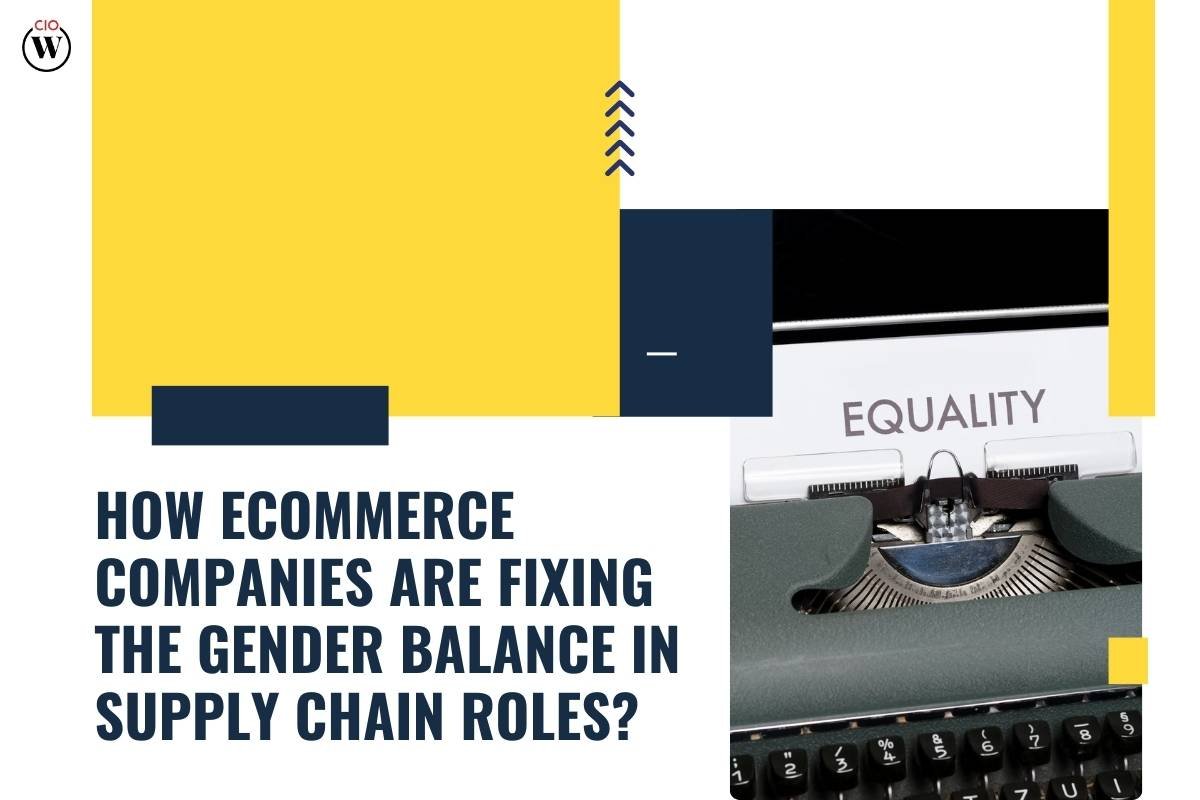E-commerce, an industry renowned for its rapid growth and dynamic nature, is currently sporting an increasingly visible shift towards creating more inclusive and balanced work environments. Particularly in supply chain roles, traditionally dominated by one gender, companies are now earnestly working to level the playing field. So, how exactly are e-commerce giants and rising stars alike addressing the gender imbalance?
The current landscape of gender balance in supply chain
The e-commerce industry has been at the forefront of transforming supply chain management into a more tech-savvy, responsive, and efficient domain; within this progressive arena, efforts to balance gender representation have gained momentum, yet challenges remain.
Statistical Snapshot
- Workforce participation: Women make up a considerable portion of the global workforce, yet their representation in supply chain roles, particularly at the leadership level, lags behind. For instance, recent surveys by institutions like Gartner have highlighted that while women may represent around 41% of the supply chain workforce, their presence in C-level positions is significantly lower, often not surpassing 26%
- Leadership roles: The progression of women into leadership roles within supply chains has been slow. A focus on C-suite roles reveals an incremental but steady increase in female representation, underscoring both progress and the need for continued effort
- Global disparities: The global perspective offers up insights into varying rates of gender inclusion across different regions, with some areas showcasing notably more significant advancements in women’s supply chain role participation than others
The Importance of Corrective Measures
The data underscores not only the existing gaps in gender representation within supply chain roles, but also the critical need for strategic interventions. Such interventions include initiatives aimed at recruitment, mentorship, career development, and cultural shifts towards more inclusive work environments.

E-commerce companies are increasingly recognizing the value diverse teams bring to the table, especially in roles that are critical to operational success. As such, they are implementing various strategies to attract, retain, and promote women within their supply chains – efforts that are not just about fairness or equality; they’re about leveraging diverse perspectives to drive innovation, efficiency, and resilience in the face of rapidly changing market demands.
‘As we navigate through the complexities of supply chain management, it’s essential to recognize the pivotal role gender balance in supply chain plays in enriching our strategies and solutions,’ says Riikka Soderlung, CMO of Katana. ‘At Katana, we believe in harnessing the unique perspectives and capabilities that women bring to the table, not just as a matter of equity but as a cornerstone of innovative and resilient supply chain practices. Embracing diversity in our workforce is not just the right thing to do; it’s a strategic imperative that drives success and adaptability in such a rapidly evolving e-commerce landscape.’
Recruitment Reimagined
At the forefront of this transformation is a reimagined approach to recruitment. Companies are scrutinizing their job postings for unconscious bias, ensuring that the language used is gender-neutral and welcoming to all candidates; they’re also broadening their search beyond traditional pools of candidates, tapping into talent that’s been overlooked in the past.

Platforms like Toptal.com have become invaluable in this new landscape, enabling companies to access a global pool of top-tier talent. By connecting businesses with highly skilled professionals from around the world helping companies find the perfect fit for their needs, regardless of geographic location. This not only enhances diversity but also allows businesses to benefit from a wider range of perspectives and expertise, driving innovation and growth.
Partnerships with educational institutions and organizations that support women in logistics and supply chain fields are also becoming more common; these partnerships aim to inspire and educate women about the career opportunities in this space, breaking down the misconceptions about the nature of supply chain roles.
Mentorship and Career Development
But getting through the door is just the first step; to retain talent and ensure their growth, e-commerce companies are putting a stronger emphasis on mentorship and career development programs tailored for women. These gender balance in supply chain initiatives provide not just the tools and knowledge needed to advance in one’s career, but also the confidence. By seeing leaders who look like them, women in these roles can envision their path to the top, making the goal seem attainable rather than a distant dream.
Flexibility and Work-Life Harmony
Acknowledging the diverse responsibilities and challenges employees might face outside of work, e-commerce companies are also introducing more flexible work policies. This gender balance in supply chain includes options for remote work, flexible hours, and support for working parents; such policies recognize that supporting employees’ well-being outside of work is crucial to their performance and satisfaction at work.
Cultivating an Inclusive Culture
Finally, it all boils down to the culture. A workplace that values diversity, equity, and inclusion (DEI) is fundamental. E-commerce companies are actively working to cultivate environments where everyone feels valued, heard, and empowered to contribute; this means regular training on unconscious bias, creating channels for feedback on DEI efforts, and ensuring that leadership is accountable for fostering an inclusive culture.

The journey towards gender balance in supply chain roles within the e-commerce sector is certainly challenging, but the strides being made are both encouraging and inspiring; it’s a testament to what can be achieved when companies commit to making real, tangible changes. As consumers, it’s important to remember that we too play a role, by supporting businesses that prioritize these values. Together, we can drive the industry toward a more inclusive and balanced future, where talent, regardless of gender, is recognized and nurtured.









